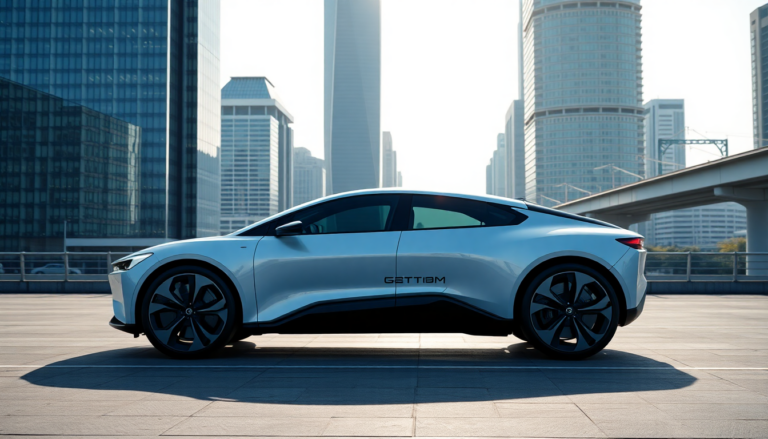Argomenti trattati
Intel’s bold move into the automotive industry
In a groundbreaking announcement at Auto Shanghai 2025, Intel has unveiled its plans to expand its technology from traditional desktops to the realm of automotive innovation. The company presented its second-generation Software-Defined Vehicle (SDV) System on Chip (SoC), codenamed Frisco Lake, marking a significant shift in how vehicles will operate in the near future. Unlike conventional designs, this approach aims to decouple the components, allowing for more flexibility and adaptability in vehicle functionality.
According to reports from a reputable Chinese tech publication, these new SoCs are derived from Intel’s Panther Lake architecture, with future iterations expected to leverage the capabilities of Nova Lake. This transition to software-defined vehicles reflects a growing trend where the majority of a vehicle’s functions are managed through sophisticated software algorithms rather than relying solely on physical or mechanical parts.
The evolution of x86 in automotive technology
Historically, the x86 architecture has seen limited use in the automotive sector. This is largely due to the demanding requirements of power consumption, real-time processing, and safety standards that vehicles must meet. However, as the automotive landscape evolves with the rise of Advanced Driver-Assistance Systems (ADAS), autonomous driving technologies, and in-car digital experiences, Intel is positioning itself to capture a significant share of this burgeoning market.
Last year, Intel introduced the 225W Arc A760A, which provided users with a desktop-like experience in their cars. The latest offering, built on the Raptor Lake architecture, is the Malibou Lake platform, featuring an impressive configuration of up to 14 cores, a 24MB L3 cache, and support for multiple cameras. This platform is anticipated to launch in the fourth quarter of 2024, setting the stage for further advancements in vehicle computing capabilities.
Frisco Lake: A game changer in AI performance
During the recent presentation, Intel showcased several slides detailing the Frisco Lake SoC, highlighting its potential to deliver ten times the AI performance compared to existing solutions, coupled with a 61% increase in efficiency. This leap in performance is made possible by utilizing Intel’s cutting-edge 18A process node, which facilitates enhanced energy consumption and processing capabilities.
The inclusion of an Xe3 (Celestial) graphics IP block suggests a strong lineage to the Panther Lake design, further bolstered by kernel patches that confirm this relationship. If these advancements hold true, they could redefine the standards for processing power in automotive applications, making it feasible to integrate complex AI functionalities directly into vehicles.
Future roadmap: What lies ahead for Intel
Intel’s roadmap, as reported by various sources, indicates a timeline for upcoming products that could reshape the automotive landscape. Notably, the Grizzly Lake lineup is expected to introduce an SoC codenamed Monument Peak, which could feature up to 32 cores and a powerful integrated GPU capable of achieving seven teraflops of performance. Scheduled for release in the first half of 2027, this model aligns with the anticipated Nova Lake architecture, further reinforcing Intel’s commitment to the automotive sector.
The implications of these developments are profound. If Intel successfully transitions its consumer-grade architectures into the automotive realm with a consistent one-year rollout, it may significantly enhance the performance of vehicles, paving the way for a new era of intelligent automobiles.
Intel’s strategy in a competitive landscape
While Intel’s foray into the automotive sector is promising, it arrives at a time when the competition is fierce. The company’s previous attempts to penetrate the mobile phone and AI markets have met with limited success, raising the stakes for its automotive ambitions. The extensive validation processes and longer lifecycles associated with automotive chips mean that manufacturers are often reluctant to adopt the latest technologies.
Nevertheless, Intel’s aggressive strategy to leverage its technological prowess in the automotive industry might just be the catalyst needed to establish a robust presence in this competitive space. As the demand for smarter, software-driven vehicles continues to grow, Intel’s innovations could very well redefine our driving experiences.

